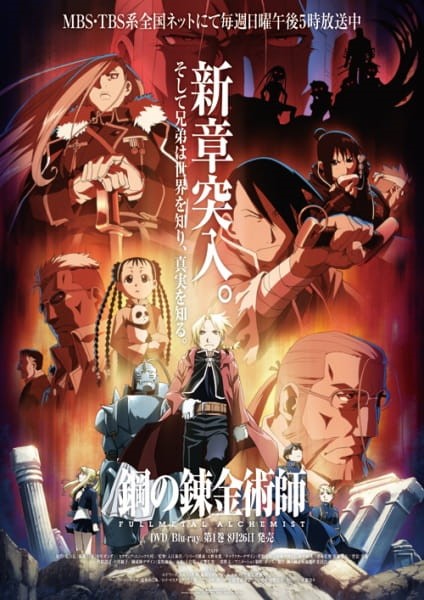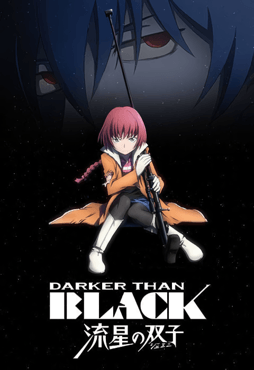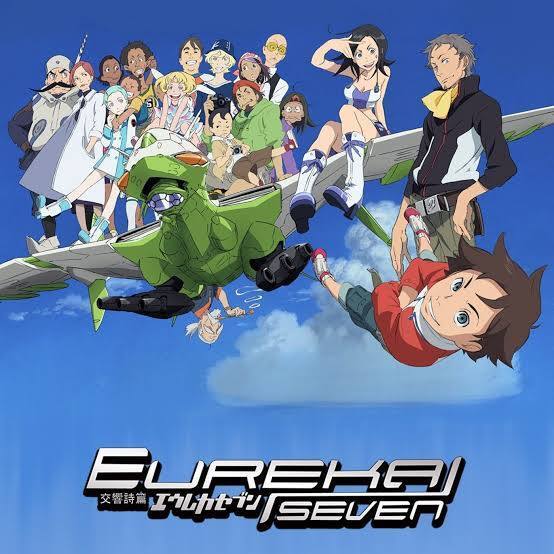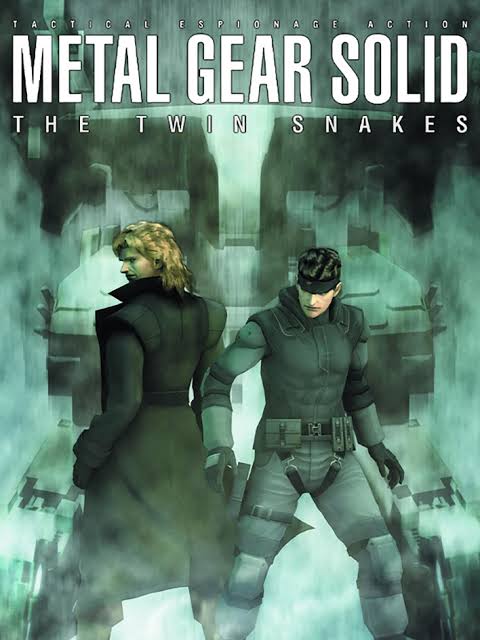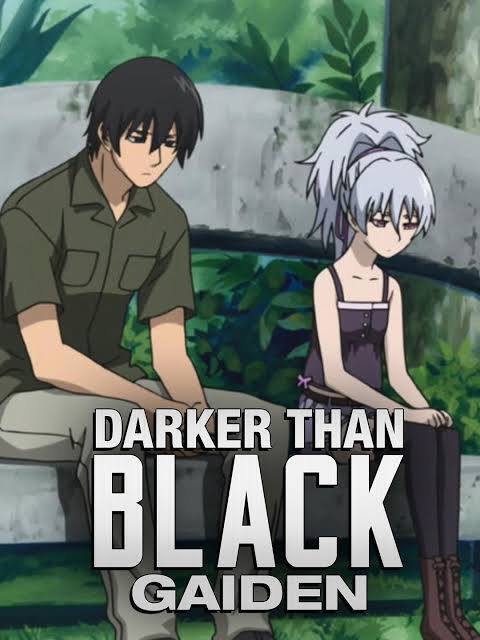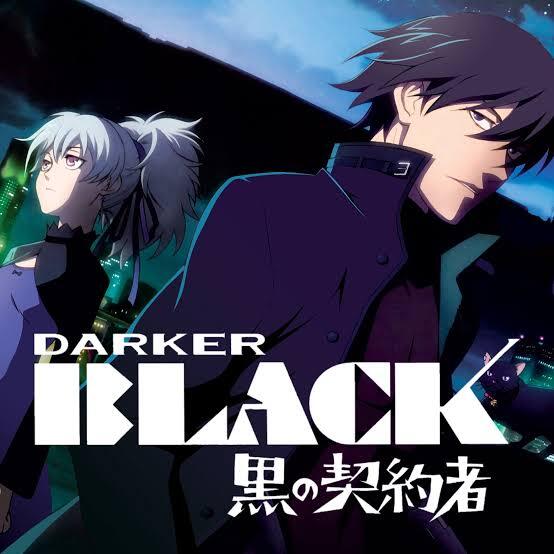
Have you ever found yourself ruminating on why a particular show has captivated your heart, only to be left unsatisfied with the reasons you conjure? It’s not that the reasons themselves lack substance; rather, they don’t align with the conventional justifications typically extolled in the realm of narrative mediums. This introspective quest often reveals a disconnect between personal resonance and widely accepted criteria for storytelling excellence.
In the vast landscape of narrative art, one dominant school of thought elevates narrative structure and writing as the paramount elements that render a story exceptional. While this perspective holds undeniable merit and garners universal agreement regarding the quality of a narrative, my personal affinity for storytelling diverges from this norm. For me, the true essence of a compelling visual medium lies in the harmonious confluence of effective writing, stunning visuals, and, most importantly, evocative music. It is this trifecta that breathes life into a story, rendering it both memorable and profoundly impactful.
So, what transpires when one encounters a show that boasts a formidable visual presence and an outstanding musical score but falters in delivering consistent writing and narrative depth? More intriguingly, why does Darker Than Black—a 2007 anime—resonate so deeply with me, despite ostensibly fitting into this category of imbalance? To unravel this paradox, we must delve into the intricate tapestry that makes Darker Than Black a standout piece in the annals of anime.
The World of Darker Than Black: A Mysterious Paradigm
Set against the backdrop of a world forever altered by a bizarre paranormal event, Darker Than Black unfolds in a reality where two uninhabitable zones, aptly named Heaven’s Gate in South America and Hell’s Gate in Tokyo, Japan, have been sealed off by society. This enigmatic occurrence coincided with the disappearance of the natural sky, replaced by an artificial canopy adorned with synthetic stars. Each of these stars symbolizes an individual on Earth bestowed with superhuman abilities—these individuals are known as Contractors.
However, the allure of superpowers in Darker Than Black is a double-edged sword. Contractors, despite their formidable abilities, are far from traditional superheroes. Their powers come at the steep price of forfeiting human emotions, compelling them to operate solely on rational thought. Every time a Contractor employs their powers, they must perform a compulsive “payment,” a ritualistic act that balances their use of power. Parallel to Contractors, the world also witnesses the emergence of Dolls—emotionless mediums capable of sending specters through elements like electricity, water, or glass to gather information and locate individuals.
Given the nature of Contractors and Dolls, it is unsurprising that both criminal and government organizations harness their abilities for clandestine operations. The government, keen on maintaining the secrecy of these extraordinary beings, goes to great lengths to erase the memories of those who encounter them, ensuring the world remains oblivious to their existence.
Hei: The Enigmatic Protagonist
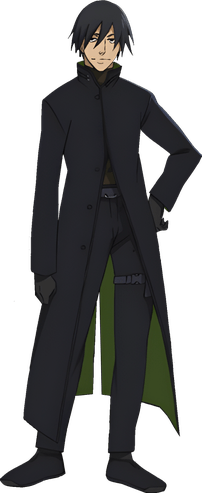
At the heart of Darker Than Black lies Hei, a Contractor shrouded in mystery and complexity. Hei, a young Chinese man, operates under the alias Li Shengshun, seamlessly blending into Tokyo’s urban landscape while carrying out missions for the enigmatic organization known as the Syndicate. His journey is one of constant navigation through a labyrinth of other Contractors, shadowy government factions, and the unsuspecting populace leading ordinary lives in an extraordinary world.
What sets Darker Than Black apart is its narrative structure, which eschews a clear, linear progression in favor of an episodic format reminiscent of classics like Samurai Champloo and Cowboy Bebop. Much like these series, Darker Than Black introduces its premises and gradually explores the intricacies of its world through weekly story arcs, each revealing a bit more about the universe and its underlying mechanics.
However, unlike Cowboy Bebop, which establishes its premises swiftly and maintains a relatively straightforward narrative focused on human conflict despite its sci-fi setting, Darker Than Black immerses itself in a more complex and convoluted storyline. This complexity is woven into the fabric of the plot, requiring viewers to engage deeply and patiently as the narrative unfolds, often withholding answers to pressing questions until much later in the series. This approach can be both a blessing and a curse, as it demands a level of trust from the audience, encouraging them to embrace the unfolding mystery without demanding immediate resolution.
Episodic Depth and Character Development
One of the distinguishing features of Darker Than Black is its commitment to developing supporting characters through its episodic format. Unlike typical anime series that resolve their narratives within a single 24-minute episode, Darker Than Black dedicates two episodes to each story arc. This allows for a more thorough exploration of supporting characters, making their stories more memorable and their contributions to the overarching narrative more significant. This dual-episode approach enhances the emotional weight of the series, as characters often meet untimely ends or vanish from the storyline, leaving lasting impressions on the viewer.
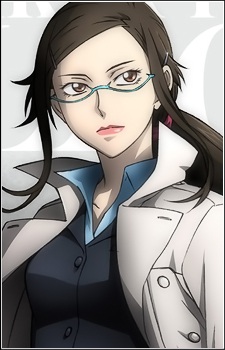
The show truly shines in its character development, particularly with its main cast: Hei, Yin, Huang, and Mao. These characters are meticulously crafted, each with their own complexities and motivations that enrich the narrative tapestry. As the series progresses, it transitions from a primarily episodic format to a more cohesive, through-line plot in its final episodes, where long-standing questions begin to receive answers, and the interconnectedness of the story becomes more apparent.
However, the expansive cast also presents challenges. With a multitude of characters, some supporting figures, such as Police Officer Misaki Kirihara, fail to leave a lasting emotional impact. While the episode centered around Kirihara is entertaining—largely due to its compelling villain and exhilarating fight sequences—the subplot involving Kirihara and her friend lacks the emotional depth to fully engage the viewer. This highlights a broader issue within the series: the overwhelming number of characters sometimes detracts from the development of pivotal supporting roles, such as those in Public Security Section 4. Despite their potential, these characters receive minimal development, leaving their stories underexplored and their performances, though commendable, not fully utilized.
Among the supporting cast, Gai Kurusawa and his fujoshi partner emerge as the weakest links, their characters underdeveloped and their narrative arcs failing to resonate. Their introduction feels superfluous, diverting attention from more compelling members of the police force who could have benefitted from additional screen time and character exploration.
Hei: The Duality of Strength and Vulnerability
Hei stands as the quintessential anti-hero, embodying both darkness and humanity in a delicate balance. Clad in a dark cloak, donning a simple yet imposing mask, and wielding threatening daggers, Hei’s Contractor persona is a formidable force to be reckoned with. His initial portrayal as a ruthless, emotionless operative presents him as a quintessential “badass.” However, a closer examination reveals a more nuanced character.
By day, Hei adopts the identity of Li Shengshun, a benevolent and generous college student from China with an insatiable appetite for food. This stark contrast to his Contractor persona adds layers to his character, making him both relatable and intriguing. Initially, one might perceive Hei as a character without depth, merely oscillating between two personas. However, a rewatch of the series unveils a more intricate character arc, suggesting that Hei’s duality is a deliberate narrative device that underscores his internal struggle and gradual embrace of his humanity.
Early in the series, it is revealed that Hei is an anomaly among Contractors, still capable of displaying emotions despite the inherent emotional voids that define his kind. His comedic appetite is not merely a superficial trait but a window into his retained humanity, offering glimpses of his true self beneath the stoic exterior. As the series progresses, Hei’s character becomes increasingly layered, allowing the audience to empathize with his internal conflicts and root for his quest for identity and purpose.
The Supporting Cast: Yin, Huang, and Mao
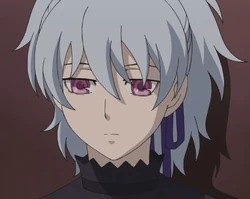
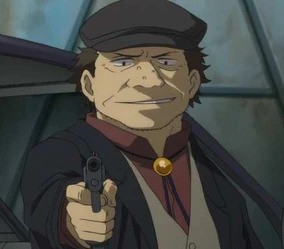

The brilliance of Darker Than Black extends beyond Hei, encompassing a diverse and compelling main cast. Yin, a Doll devoid of emotion, undergoes one of the series’ most poignant character arcs. Her tragic past is unveiled in a masterfully crafted episode, transforming her from a mere tool into a deeply resonant character. This evolution underscores the show’s ability to infuse even its most enigmatic characters with depth and emotional weight.
Huang, the stern human commander who oversees Hei’s operations, initially presents himself as an antagonist with his cold demeanor and authoritarian methods. Yet, as the narrative unfolds, Huang emerges as one of the most intriguing characters, revealing layers of complexity that render him both formidable and sympathetic. His interactions with Hei and the moral ambiguities he navigates add richness to the story, making him a standout figure in the series.
Mao, Hei’s enigmatic companion—a talking cat with a mysterious past—adds a whimsical yet profound element to the narrative. While Mao’s backstory remains largely unexplored, his presence provides a unique dynamic that complements Hei’s journey. The potential for deeper exploration of Mao’s origins and abilities tantalizes the imagination, hinting at untapped narrative possibilities that could have further enriched the series.
Thematic Depth: Searching for Truth and Identity
Upon closer examination, Darker Than Black reveals itself as a profound exploration of themes such as the search for truth, the quest for self-identity, and the inherent costs of power—both literal and figurative. These themes are intricately woven into the fabric of the narrative, compelling viewers to engage on a deeper intellectual and emotional level.
The series excels in portraying a world where truth is elusive, and the characters are perpetually seeking answers in a landscape rife with deception and mystery. This quest for truth is mirrored in Hei’s personal journey, as he grapples with his dual identities and strives to uncover the secrets behind the enigmatic Gates and the existence of Contractors and Dolls. The figurative cost of power is also a recurring motif, as characters navigate the moral and ethical implications of their abilities and the sacrifices they must make to wield them.
Nostalgia and Musical Mastery: A Symphony of Memories
Growing up immersed in superhero cartoons like Batman: The Animated Series and Batman Beyond, I found a deep resonance with Darker Than Black’s portrayal of a protagonist leading a double life while being pursued by authorities and battling superpowered foes. The show’s aesthetic—characterized by a fake night sky, silhouetted cityscapes, and a distinctive green hue—evokes a sense of nostalgia, reminiscent of the atmospheric visuals of Batman: The Animated Series. Additionally, the series’ sci-fi elements, edgy protagonist, and rock-centric soundtrack draw parallels to Batman Beyond, further enhancing its nostalgic appeal.
The soundtrack, masterfully composed by Yoko Kanno—renowned for her work on Cowboy Bebop—is a standout feature of Darker Than Black. Kanno’s ability to straddle multiple genres—rock, jazz, and softer piano or violin tracks—creates a dynamic and immersive auditory experience that elevates the series. The first opening and ending themes are particularly memorable, perfectly complementing the show’s tone and enhancing its emotional resonance. While the second set of themes may not be as impactful, they still contribute effectively to the overall atmosphere.
A Balanced Verdict: A Gem Worth Discovering
In retrospect, Darker Than Black may not be universally hailed as a spectacular masterpiece. Its cast is a mix of memorable and forgettable characters, and the story only fully engages viewers around its midpoint. However, despite these imperfections, I find myself recommending the series wholeheartedly. Darker Than Black excels in creating a fun and engaging experience, offering above-average action sequences, a captivating atmosphere, and a strong musical backdrop. While the writing and narrative may falter at times, the strengths in character development and world-building make it a worthwhile watch.
This recommendation is tempered by a cautionary note: while Darker Than Black is a hidden gem from the late 2000s, it may not be a show to invest in long-term due to certain narrative inconsistencies and underdeveloped arcs. Nevertheless, for those willing to embrace its unique blend of action, mystery, and emotional depth, Darker Than Black offers a rewarding viewing experience that stands the test of time.
As for the sequels and continuations of Hei’s journey, they remain a topic for another discussion, promising further exploration of the enigmatic world that Darker Than Black so masterfully introduces.
In conclusion, Darker Than Black is a testament to the power of visual storytelling, where the interplay of visuals, music, and character complexity creates a tapestry that captivates and lingers in the mind. It invites viewers to embark on a journey of discovery, challenging them to look beyond conventional narratives and embrace the enigmatic allure that defines this remarkable series.

